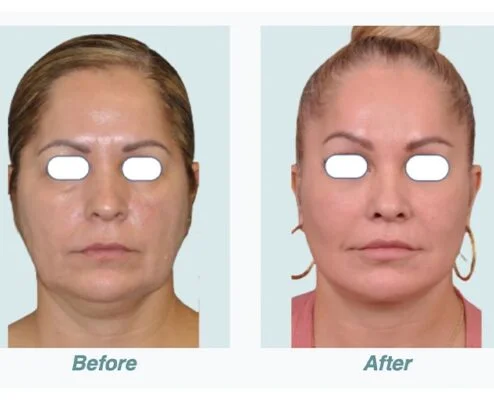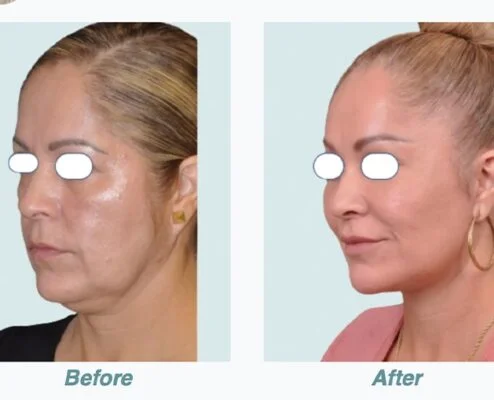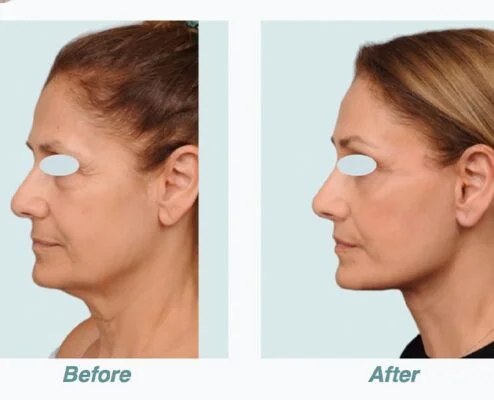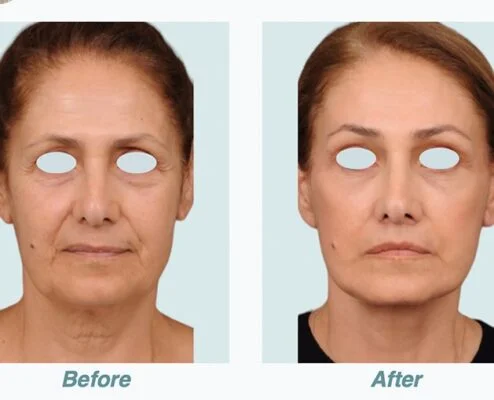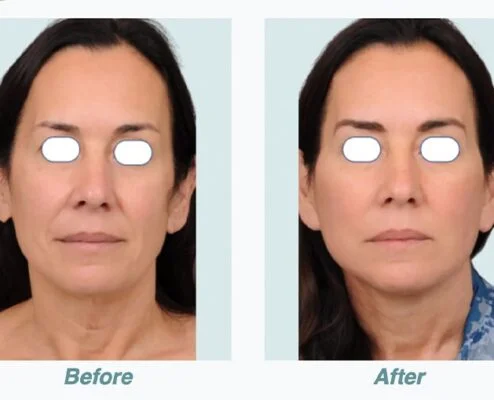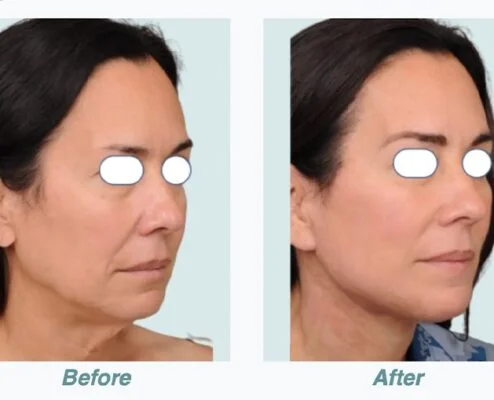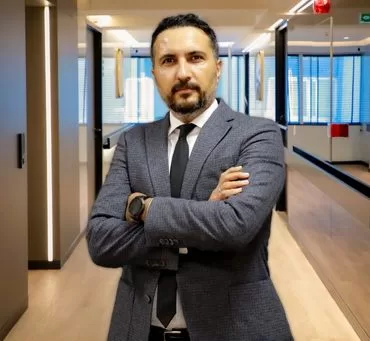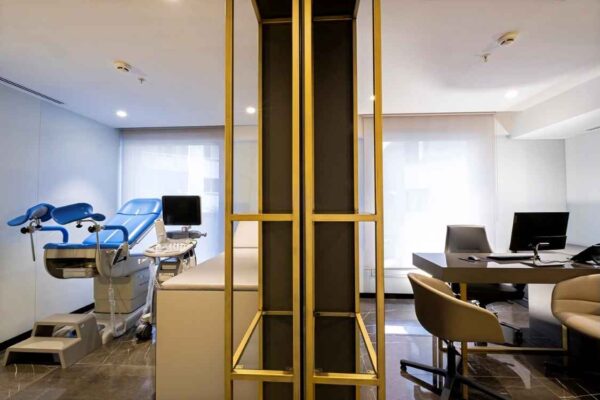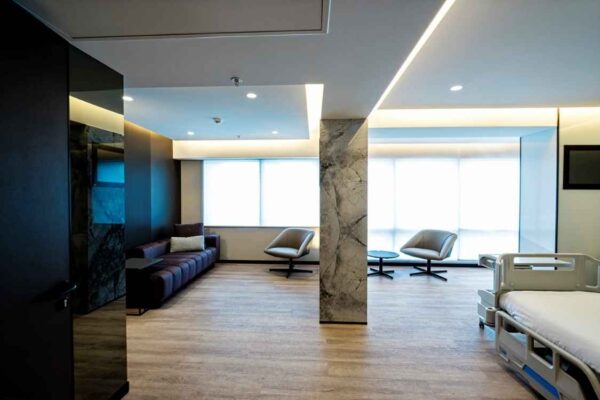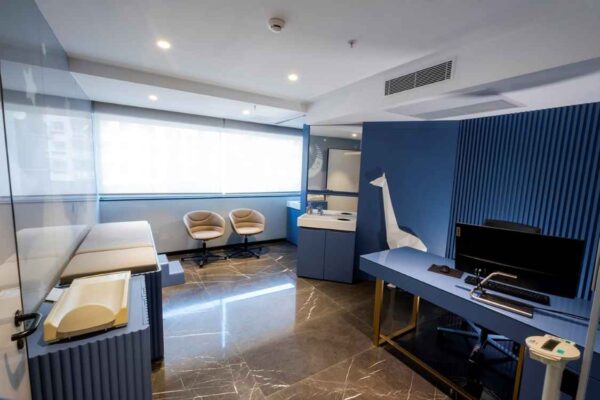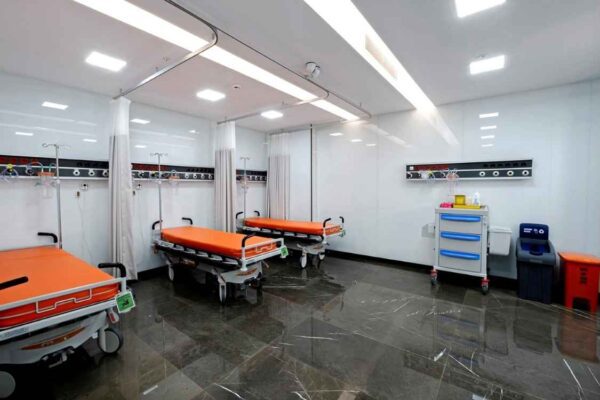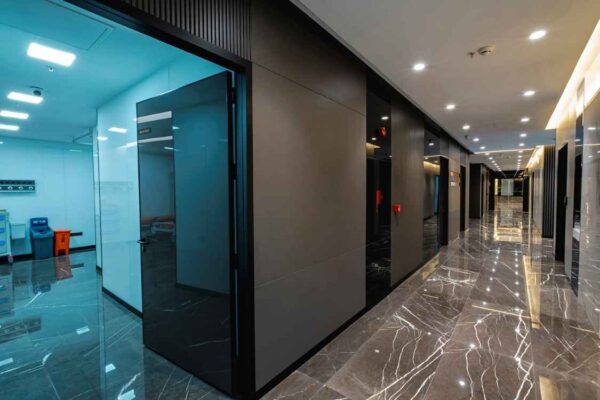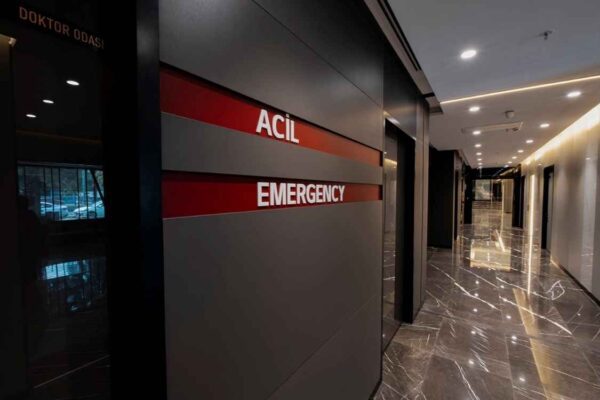A Face Lift, alternatively termed rhytidectomy, constitutes an aesthetic surgical endeavor devised to diminish the telltale marks of senescence on the countenance and cervical region. The primary objective of this surgical intervention involves the tightening and elevation the lax epidermis, ironing out creases, and obliterating jowls to bestow a revitalized, more youthful mien.
What is Face Lift?
A Face Lift is an aesthetic enterprise aimed at invigorating one’s facial semblance by excising surplus skin and adipose tissue, concurrently fortifying the foundational musculature. This operative method may target the mid-face, subfacial region, or neck, contingent upon the patient’s distinct apprehensions. Face Lift surgery can ameliorate sagging epidermis, creases, and jowls, culminating in a rejuvenated and vivacious countenance.
How is Face Lift Performed?
Outlined below is an exhaustive, stepwise elucidation of a typical Face Lift surgery:
- Anesthetization: This surgical process is conducted under general anesthesia, rendering the patient wholly insensate throughout the operation.
- Incisions: The medical practitioner commences by fashioning incisions encircling the auricles and hairline. The precise positioning and extent of the incisions may oscillate depending on the Face Lift variant and the patient’s idiosyncratic requirements. The incisions are customarily placed in inconspicuous locales to attenuate conspicuous cicatrization.
- Epidermal Elevation: Subsequent to incision formation, the surgeon elevates the skin, detaching it from the subjacent tissue, thus permitting access to the foundational musculature and adipose deposits.
- Musculature Tautening: The fundamental musculature and connective fibers are subsequently tightened and repositioned to engender a more youthful aspect. This step proves pivotal in the Face Lift technique, as it ensures enduring outcomes.
- Adipose Extraction: In certain instances, the surgeon may excise superfluous adipose tissue from the countenance and neck to intensify the sculpting and smoothing consequences of the operation.
- Epidermal Trimming: Surplus skin is then excised, and the residual epidermis is repositioned over the countenance and neck, manifesting a more youthful and uplifted appearance.
- Suturing: The incisions are ultimately sealed with sutures, and a protective dressing is affixed to safeguard the incision sites.
- Ancillary Procedures: Occasionally, the medical practitioner may execute supplementary procedures, such as a brow elevation or palpebral surgery, to augment the aggregate result.
- Postoperative Care: In the aftermath of the surgical intervention, patients may encounter edema and ecchymosis, which generally recedes within several weeks. It is imperative to adhere to the postoperative care directives furnished by the surgeon to ensure optimal recuperation and curtail the likelihood of complications.
What should be considered after Face Lift?
After undergoing a face lift procedure, there are several important considerations for a successful recovery and optimal results. Here are some key points to keep in mind:
- Follow the post-operative instructions provided by your surgeon diligently. This may include medication usage, wound care, and activity restrictions.
- Keep your head elevated while resting or sleeping to minimize swelling and promote proper healing.
- Apply cold compresses to the treated areas as instructed to reduce swelling and bruising.
- Take prescribed pain medications and antibiotics as directed to manage discomfort and prevent infection.
- Avoid strenuous activities, heavy lifting, and exercise for the recommended period as advised by your surgeon.
- Maintain a healthy diet and stay hydrated to support the healing process and overall health.
- Attend all scheduled follow-up appointments to monitor your recovery progress, remove sutures, and address any concerns or complications.
- Protect your face from direct sunlight and use a broad-spectrum sunscreen to prevent sun damage to the healing skin.
- Avoid smoking and alcohol consumption, as they can impair healing and increase the risk of complications.
- Maintain open communication with your surgeon, reporting any unusual symptoms, such as severe pain, excessive bleeding, or signs of infection, promptly for appropriate management and support.
FAQs
When considering face lift surgery in Turkey, you’ll typically find multiple payment plan options. Most clinics accept credit cards, allowing you to make convenient payments. Bank transfers are another common method, offering a direct and secure transaction. Cash payments are also accepted by many clinics. It’s advisable to inquire with your chosen clinic for specific details.
No, a face lift operation typically does not come under insurance coverage. Face lifts are generally considered cosmetic procedures, aimed at enhancing appearance rather than treating a medical condition. Insurance providers usually do not cover elective cosmetic surgeries unless there is a specific medical necessity involved.
Face lift procedures in Turkey are often cheaper due to a combination of factors. The lower cost of living and labor, favorable exchange rates, and intense competition among clinics contribute to the affordability. However, it is important to thoroughly research the qualifications and reputation of the surgeons and facilities to ensure quality and safety.
No, finance options typically do not cover elective cosmetic procedures such as face lifts. Financing is commonly available for medical necessities or emergencies, but not for purely aesthetic purposes. It is advisable to explore other payment methods or discuss financing alternatives directly with a cosmetic surgeon or clinic.
In Turkey, there is no specific age limit for face lift surgery. The decision to undergo the procedure depends on various factors, including an individual’s overall health, skin condition, and aesthetic goals. It is important to consult with a qualified plastic surgeon who can assess your specific needs and provide personalized recommendations.
The success and outcome of a facelift surgery depend on various factors, including the surgeon’s expertise, individual patient characteristics, and adherence to post-operative care. While complications can occur in any surgery, the overall risk is relatively low, and the vast majority of facelift procedures are successful and yield desired results. It’s crucial to consult with a qualified surgeon to discuss specific risks and potential complications.
While face lift surgery is generally considered safe, like any surgical procedure, it carries potential risks and complications. These can include infection, scarring, hematoma, nerve damage, hair loss near the incisions, and dissatisfaction with the results. It’s crucial to consult with a qualified surgeon and understand the potential risks before undergoing the procedure.
FaceLift Before – After
Our Team
Our Hospital
Atilla, Halide Edip Adıvar St.
No:57, 35270 Konak/İzmir



